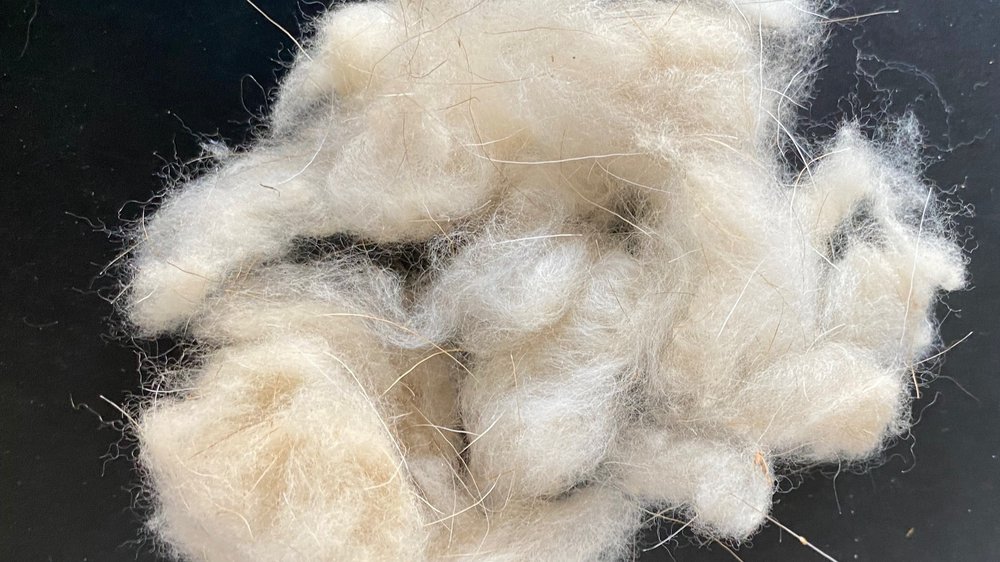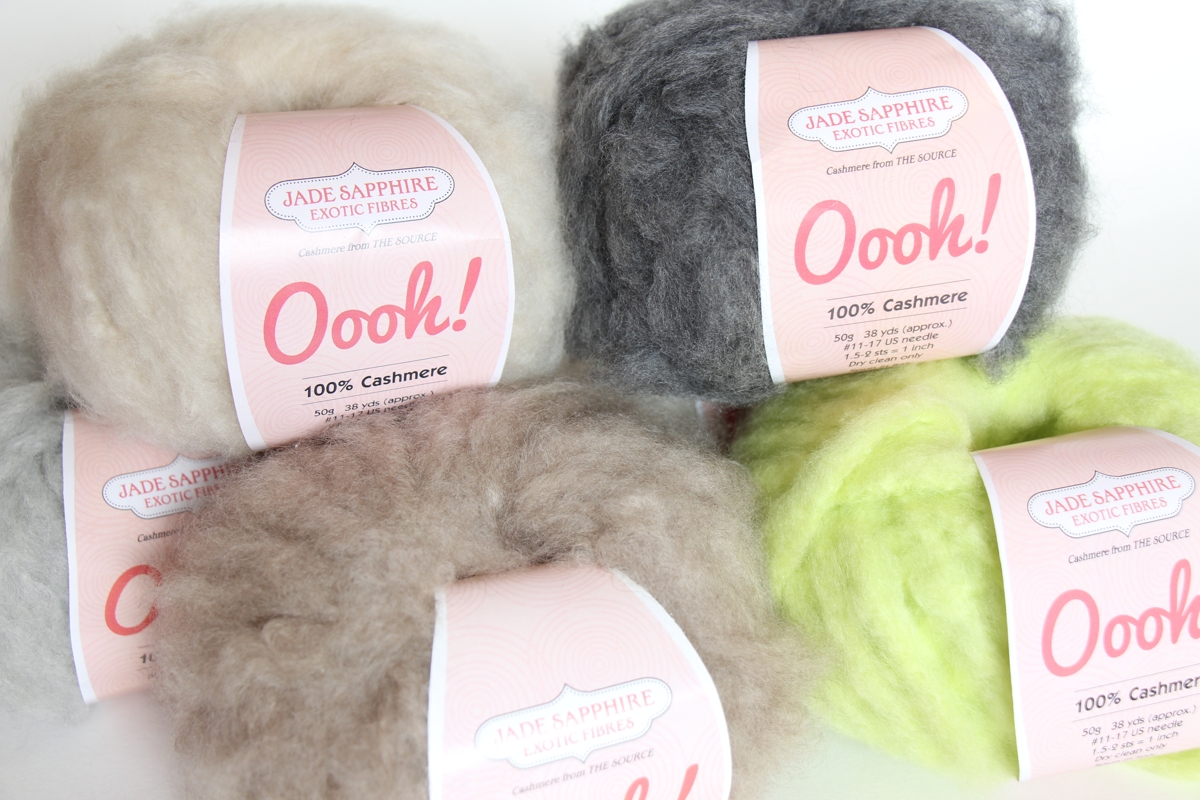What Is Cashmere and Why It’s Considered One of the Softest Fabrics in the World
What Is Cashmere and Why It’s Considered One of the Softest Fabrics in the World
Blog Article
Checking Out the Different Kinds Of Cashmere a Natural Fiber for Ultimate Deluxe
Cashmere, an all-natural fiber, is typically linked with luxury and comfort. The much more cost effective Chinese cashmere, the traditional Scottish variation, and the premium Italian mix, all inform a various story of this exceptional fiber.
Comprehending the Lavish Nature of Cashmere
Cashmere, often related to high-end and convenience, holds a distinct allure in the world of natural fibers. This soft, lightweight product is wanted for its exceptional warmth and remarkable durability. Unlike various other all-natural fibers, cashmere combines insulation with breathability, using unmatched convenience across varying temperature levels. Its glossy surface and soft texture contribute to its premium allure, validating the premium price that often comes with cashmere garments. Additionally, cashmere's fundamental wrinkle resistance and flexibility improve its charm, making it a recommended choice for costs garments and accessories. Despite its fragile look, cashmere has an unusual durability, able to retain its form and extravagant feel over time. This one-of-a-kind blend of characteristics seals cashmere's position as a symbol of sophistication and indulgence.
Simply What Is Cashmere and Where Does It Come From?

Cashmere is derived from the soft undercoat of cashmere goats, mainly discovered in Mongolia, China, Iran, and Afghanistan. This careful procedure adds to the shortage and high price of cashmere. With its beginning in the rough landscapes of Asia, cashmere is a testimony to nature's capacity to create deluxe from hardship.
Deciphering the Different Kinds Of Cashmere
Understanding the various types of cashmere is key to valuing the quality and distinct characteristics of this lavish material. Generally, cashmere is classified into 3 kinds: raw, virgin, and recycled. Decoding these kinds is the first action in understanding the exclusivity and value of cashmere.

The Special Features of Each Kind of Cashmere
Having actually discovered the various groups of cashmere, it emerges that each type boasts its unique set of characteristics. Mongolian cashmere, for example, is renowned for its superior quality, due to Mongolia's harsh winter seasons that produce longer and finer fibers. Conversely, Chinese cashmere is often more budget-friendly, though its much shorter fibers can decrease sturdiness. Scottish cashmere is celebrated for its exquisite soft qualities, an outcome of the standard water cleaning process making use of Scotland's soft water. Italian cashmere, at the same time, is famous for its skillful blending and coloring techniques, providing it versatile and vivid. Indian cashmere, likewise known as Pashmina, is valued for its extraordinary lightness and heat. Each type, hence, contributes to the fabric's track record for high-end.
Why Cashmere Is the Embodiment of High-end in Style
Cashmere holds a renowned placement worldwide of fashion, pertained to as a sign of luxury and class. Its attraction is not just in its gentleness and warmth, yet also in its rarity and the precise procedure entailed in its procurement. Cashmere is obtained from the great undercoat of Himalayan goats, recognized for their remarkable top quality fiber. The scarcity of this fiber, combined with the labor-intensive process of look here collection, adds to its high rate and special standing. Cashmere's unparalleled comfort and resilience make it a popular material in the development of high-end garments. Its natural lightweight and insulating residential or commercial properties include in its charm, making it the embodiment of high-end in vogue.
The Process of Making Cashmere: From Goat to Garment
The trip of cashmere, from being an undercoat of a Himalayan goat to a lavish garment, is an intricate one. With the advent of springtime, farmers in Mongolia and China accumulate the wool by combing the goats, making certain no injury is done. The obtained woollen contains rugged outer hair and soft downy undercoat. This mix is then painstakingly divided, with just the soft down utilized for cashmere. This raw cashmere is cleaned, dyed and rotated into thread. The thread is then woven or weaved into textiles. The final step entails pressing and cleaning to give the textile its particular softness and heat. From goat to garment, each step is a testament to the virtuosity, skill and perseverance involved in crafting cashmere.

Conclusion
In verdict, cashmere, with its all-natural sophistication and unmatched convenience, preponderates in the world of deluxe fashion. The diversity in kinds, ranging from the soft Mongolian, lightweight Indian Pashmina, inexpensive Chinese, traditional Scottish, see this site to the vivid Italian, reveals the versatility of this all-natural fiber. The scrupulous procedure of transforming it from a goat to a garment even more includes in its exclusivity, making cashmere the epitome of refinement and luxury.
Cashmere, an all-natural fiber, is typically associated with high-end and convenience (is cashmere a natural fiber).Cashmere, frequently connected with luxury and comfort, holds an one-of-a-kind attraction in the globe of all-natural fibers. Unlike other natural their explanation fibers, cashmere combines insulation with breathability, providing exceptional convenience across varying temperature levels. Cashmere is acquired from the soft undercoat of cashmere goats, mainly discovered in Mongolia, China, Iran, and Afghanistan. Cashmere is derived from the great undercoat of Himalayan goats, known for their remarkable quality fiber
Report this page